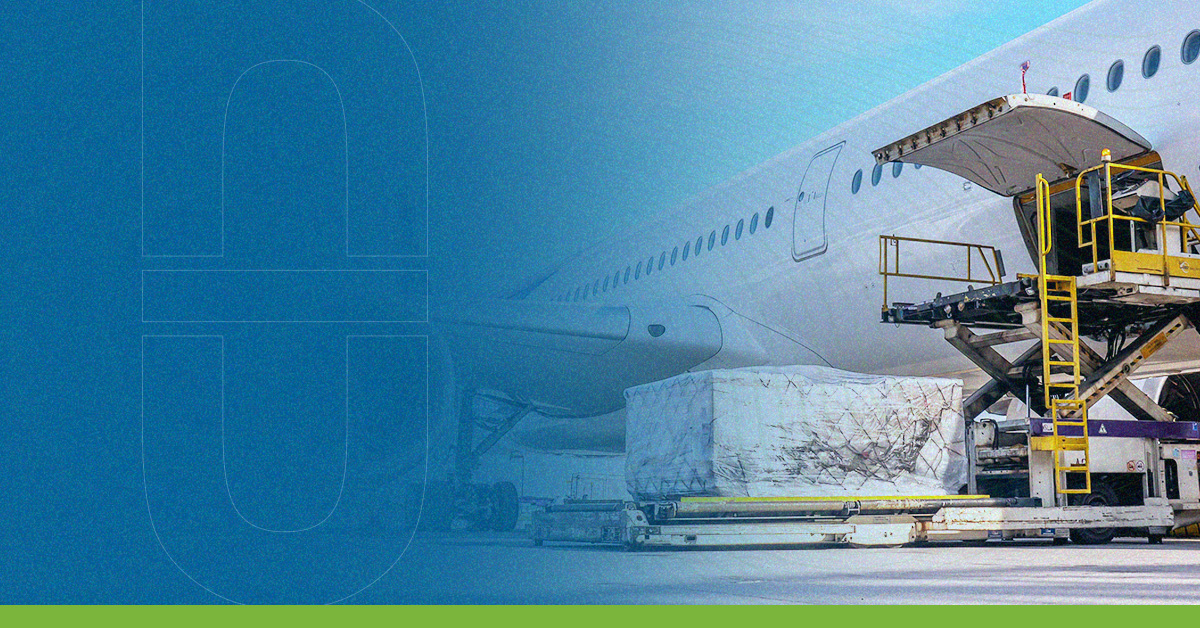Ahora que Donald Trump regresa a la presidencia de Estados Unidos en 2025, despierta preocupación en el comercio internacional. Sus políticas proteccionistas y su enfoque en la producción nacional podrían alterar el panorama comercial global, afectando tanto a economías emergentes como a socios clave de Estados Unidos.
Políticas proteccionistas y su impacto en el comercio global
Durante su administración anterior, Trump implementó medidas proteccionistas que modificaron las relaciones comerciales entre Estados Unidos y el mundo. Entre las iniciativas más destacadas estuvo la renegociación del T-MEC y la imposición de aranceles a productos de China y otras economías. A su regreso a la Casa Blanca, es probable que intensifique estas prácticas, lo que podría generar implicaciones como:
- Incremento de aranceles a importaciones de sectores estratégicos, como tecnología y manufactura.
- Restricciones adicionales a exportaciones de productos tecnológicos sensibles.
- Incentivos fiscales y subsidios para fomentar la producción local, compitiendo con productos importados.
Estas medidas podrían desatar tensiones diplomáticas, obstaculizar acuerdos multilaterales y elevar los costos de las cadenas de suministro globales. Asimismo, empresas multinacionales tendrán que reajustar sus estrategias para mitigar riesgos.
Retos específicos para México y América Latina
México, como principal socio comercial de Estados Unidos bajo el T-MEC, enfrenta un escenario complejo. La amenaza de imponer aranceles o restricciones comerciales podría impactar industrias clave como la automotriz, el sector agroalimentario y la manufactura.
Además, la dependencia de las exportaciones hacia el mercado estadounidense dificulta la diversificación inmediata de mercados. Las empresas mexicanas deben fortalecer su competitividad e innovación para responder a posibles restricciones.
En el caso de América Latina, países como Brasil, Argentina y Chile podrían enfrentar mayores dificultades para exportar productos como materias primas, alimentos y manufacturas. A su vez, podría generarse una competencia más feroz entre las economías de la región para mantener acuerdos bilaterales favorables con Estados Unidos.
Estrategias para mitigar los retos del comercio internacional
Frente a estos posibles cambios, países y empresas pueden adoptar estrategias como:
- Diversificación de mercados: Buscar oportunidades en regiones como Asia, Europa y África para reducir la dependencia de Estados Unidos.
- Digitalización del comercio: Implementar tecnologías avanzadas para optimizar procesos logísticos y aumentar la eficiencia.
- Colaboración regional: Fortalecer acuerdos comerciales dentro de América Latina para crear un bloque más competitivo y atractivo para la inversión extranjera.
Estas acciones pueden ayudar a amortiguar el impacto de las políticas proteccionistas y garantizar la continuidad de las operaciones comerciales.
El comercio internacional enfrenta grandes desafíos en esta vuelta de Trump a la presidencia de Estados Unidos. Sus políticas podrían alterar acuerdos clave y generar un entorno más competitivo y costoso. Sin embargo, la adaptación, innovación y colaboración serán herramientas fundamentales para enfrentar este nuevo panorama.
¿Qué opinas sobre este tema? Comparte tus ideas en los comentarios y sigue explorando contenido relacionado.
Quizás te interese: Un vistazo a los retos de la logística global este 2024
Fuentes:
- Smith, J. (2023). «The Future of Global Trade under Protectionist Policies.» Journal of International Economics. https://doi.org/xxxxx
- Pérez, A. (2024). «Comercio entre México y Estados Unidos: Retos actuales.» Revista de Economía Global.
- Brown, L. (2024). «Strategies for a Resilient Global Trade.» International Trade Review. https://doi.org/xxxxx




